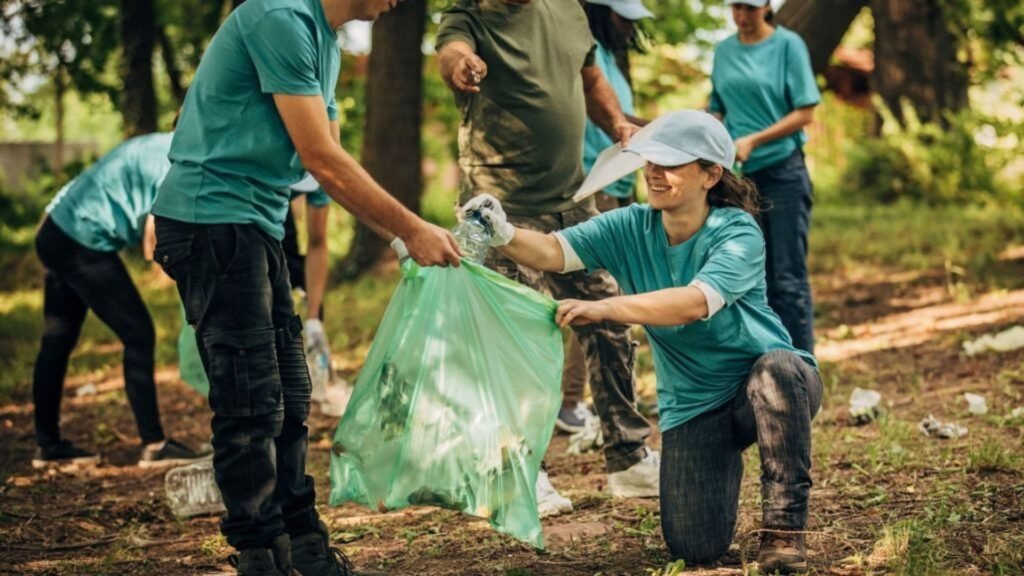Getting involved in environmental advocacy groups is a powerful way to contribute to the protection of our planet and address pressing environmental issues. These groups work on various fronts, including climate change, pollution, conservation, and sustainable development. Whether you are passionate about a specific issue or looking to make a broader impact, joining environmental advocacy groups can be a rewarding and impactful experience. In this article, we’ll guide you through the steps to get involved in environmental advocacy groups.
Understand the Role of Environmental Advocacy Groups
Before diving into involvement, it’s important to understand what environmental advocacy groups do. These organizations work to influence policy, raise awareness, and drive action on environmental issues. They may engage in activities such as lobbying government officials, organizing community events, conducting research, and educating the public. Knowing the roles and objectives of these groups will help you choose one that aligns with your interests and values.

Identify Your Interests and Goals
Environmental advocacy covers a wide range of issues, so it’s crucial to identify your interests and goals. Whether you’re passionate about climate change, wildlife conservation, plastic pollution, or renewable energy, there is likely an advocacy group that focuses on your area of interest. Reflect on what issues resonate most with you and consider what you hope to achieve through your involvement. This clarity will help you find a group that aligns with your passions and goals.
Research Environmental Advocacy Groups
Once you have a clear idea of your interests, start researching environmental advocacy groups that align with your focus. Look for organizations that have a strong track record of success, transparency, and credibility. Check their websites, read about their missions, and review their past projects and achievements. Also, consider their geographic focus, whether local, national, or global, to ensure they match your desired level of involvement.
Attend Local Meetings and Events
Many organizations hold regular gatherings, workshops, or community events where you can learn more about their work and meet like-minded individuals. Attending these events provides an opportunity to engage with the group, ask questions, and discover ways you can contribute. It’s also a chance to network and build connections with other advocates in your area.
Volunteer Your Time and Skills
Volunteering is a valuable way to contribute to environmental advocacy groups. Many organizations rely on volunteers to help with various tasks, from organizing events and managing social media to conducting research and participating in campaigns. Offer your time and skills to support their efforts. Whether you can commit a few hours a week or a few hours a month, your contribution can make a significant impact.
Participate in Advocacy Campaigns
Environmental advocacy groups often run campaigns to raise awareness and drive action on specific issues. Participating in these campaigns can amplify your impact. This may involve signing petitions, contacting legislators, participating in rallies, or spreading the word through social media. By actively engaging in campaigns, you help mobilize public support and influence decision-makers to take action on environmental issues.
Become a Member or Donor
Many environmental advocacy groups offer membership programs or accept donations to support their work. Becoming a member or donor provides financial support and helps sustain their initiatives. Membership often comes with benefits such as newsletters, event invitations, and updates on their work. Donating funds can help finance important projects and campaigns that advance environmental causes.
Engage in Community Outreach
Community outreach is a crucial aspect of environmental advocacy. Engage in local outreach efforts to raise awareness about environmental issues and promote sustainable practices. This could involve organizing educational workshops, hosting film screenings, or leading cleanup events. By actively participating in outreach, you help educate others, inspire action, and build a community of environmental advocates.
Conclusion
Getting involved in environmental advocacy groups is a meaningful way to contribute to the protection of our planet and address environmental challenges. By understanding the role of these groups, identifying your interests, and actively participating in their initiatives, you can make a significant impact. Whether through volunteering, participating in campaigns, supporting policy change, or engaging in community outreach, every effort helps advance environmental causes.

